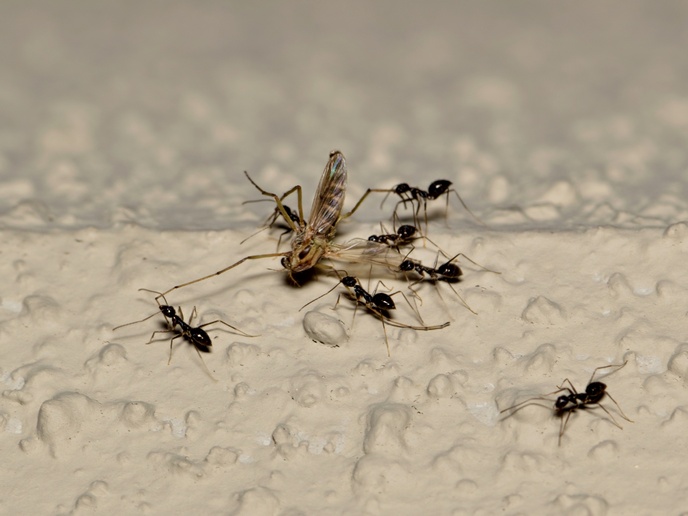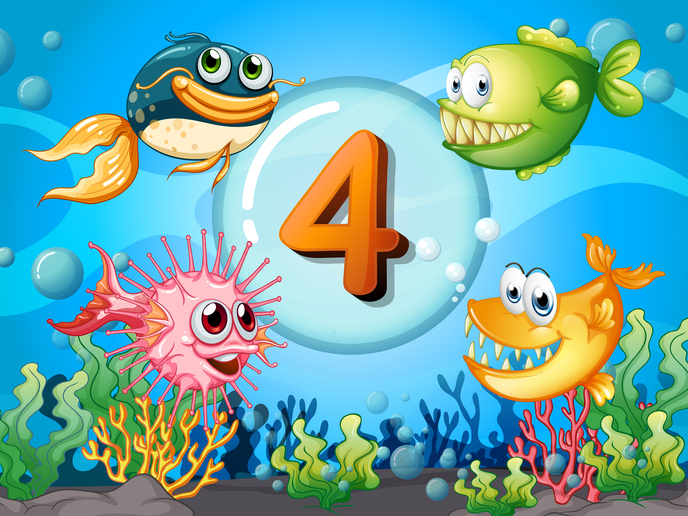Collective cognition in ants augmented by individual consciousness
Biological ensembles that make collective decisions have long fascinated us: fish schools, flocks of birds, even the immune system. What are the channels of communication? How are actions assigned to individuals? These questions are challenging because as Ofer Feinerman explains: “Our own brains are not wired to see both the tiny details and the large-scale outcomes, simultaneously, of such a complex distributed cognitive system.” To delve into these questions, Feinerman established the ANTSolve project, with the support of the European Research Council, which sought to address one of the obstacles to a better understanding of these phenomena, the rarity of comprehensive, multiscale, empirical data of these complex systems. “We wanted to compare the achievements of individuals with those of a group to establish if the collective cognition of the group is more effective.” Something anyone manoeuvring a large sofa through tight spots might have experienced. Feinerman’s curiosity was sparked by watching his colleagues’ cat food migrate out of its bowl and march across his floor. “It was our great luck that his new home was situated on top of a huge longhorn crazy ant nest. This was more than 10 years ago – and we are still studying this fascinating behaviour,” he adds.
Characteristics of problem-solving revealed
Cognitive processes taking place in the brain rely on complex neural interactions, which may be difficult to measure and decipher. For example, in the case of decision-making, neural processes involved exhibit competition between two possible futures. Although a well-established model, the processes are hard to identify and prove. “When load-carrying ants have to choose between two options, the whole process is directly reflected in the motion and direction changes of the load. This is one example that shows that ants display collective cognition which is experimentally accessible,” says Feinerman. To give them the chance to display this in action, Feinerman and his team set up problems the ants needed to solve, such as: areas riddled with rocks; locations in which motion backwards is required before the ants could move forward; scenarios in which the nest entrance is too small for the carried load to pass through; and situations where several opinions or possibilities for the way home compete and must be resolved. “We made their lives as complicated as possible,” notes Feinerman, who conducted all experiments in situ and not in the lab.
Complementary systems of cognition
The team filmed the ants and the loads they carried, to measure parameters such as the trajectories, the point at which they attached and detached themselves from the load, their motion and rotation. “To put these into one big picture, we combined a model from physics which describes coordinated states of molecules inside a magnet with a ‘physics-engine’. This is a piece of software that is often incorporated into computer games so that the objects in the game follow the laws of physics,” explains Feinerman. “This relatively simple model was used as a starting point to describe what the ants are doing.” The project found that the ants’ system relies on two sources of cognition – that which occurs in a single ant’s brain, and that which emerges out of the interactions between many ants. The latter is similar to the model of the molecules described above. These two sources of cognition augment each other to form the colony’s collective cognition. “For example,” says Feinerman: “when the ants move a load through a field of rocks, the collective motion helps them roll over rocks and successfully aim towards the nest.” But if the ants only used their collective approach, they would get stuck in cul-de-sacs. “This is where individual ants come to the rescue – their navigational know-how helps them to free the group from dead ends, so it can move on.”
Humans and ants – how does the problem-solving differ?
Cooperative transport is displayed by only two kinds of animals: people and ants. So the team were interested in comparing how ant and human cognition changes when they group to solve these riddles. Therefore, to get more insight into how individuals and large groups of both species take on collaborative problem-solving, they tasked them with the piano-movers’ problem – how to move a large, odd-shaped piano through a constricted area. The bottom line is summed up by Feinerman: “We found that, when the communication scheme was equated, while groups of ants do better than the individual, the opposite holds for people – we do better when we are alone.”
Keywords
ANTSolve, ants, neural process, decision-making, collective cognition, consciousness, cognition, biological ensembles, physics-engine, collaborative problem-solving





